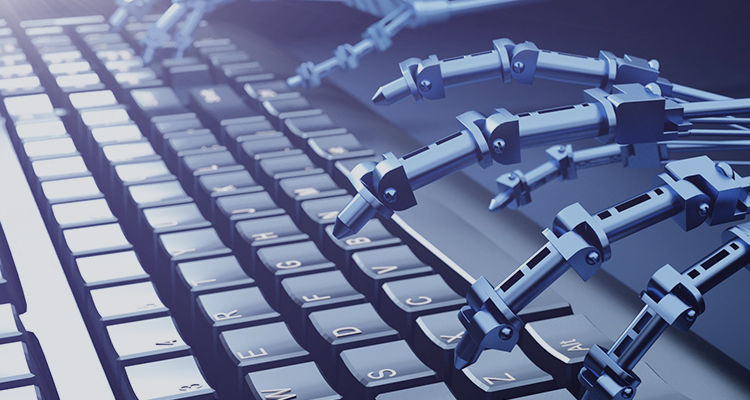Environmentally friendly materials
Environmentally friendly products are required for sustainable development. Environmentally friendly printed boards require environmentally friendly materials. For the main material of printed circuit boards, copper-clad laminates, banned toxic polybrominated biphenyls (PBB) and polybrominated diphenyl ethers (PBDE) in accordance with the EU RoHS directive, which involves the removal of brominated flame retardants containing copper-clad laminates Agent. At present, advanced countries in the world have begun to adopt a large number of halogen-free copper clad laminates, and domestic halogen-free copper clad laminate products have only been successfully developed in large-scale enterprises with foreign investment. The production of copper clad laminate failed to meet the requirements of the environmental protection ban.
In addition to being non-toxic, environmentally friendly products also require that the products can be recycled after being discarded. Therefore, the insulating resin layer of the substrate of the printed board is considered to be changed from a thermosetting resin to a thermoplastic resin, which is convenient for recycling of the used printed board. After heating, the resin is separated from the copper foil or metal parts, and each can be recycled. In this regard, there have been reports of high-density interconnect printed boards that have been successfully applied in the build-up method abroad, but there has been no domestic news.
Clean production materials
Clean production is an important means to achieve sustainable development of environmental protection, and clean production needs supplemented by clean production materials. The traditional printed board production method is the subtractive method of copper foil etching to form a pattern, which consumes a chemical etching solution and also generates a large amount of wastewater. Foreign countries have been developing and applying copper-free foil-catalyzed laminate materials, using the additive method of direct chemical copper deposition to form circuit patterns, which can save chemical corrosion and reduce waste water, which is conducive to cleaner production. The development of this type of laminate material used in the additive process is still blank in China.
Cleaner inkjet printed wire pattern technology without chemical syrup and water cleaning is a dry production process. The key to this technology is inkjet printers and conductive paste materials. Now, nanoscale conductive paste materials have been successfully developed abroad, making inkjet printing technology into practical applications. This is a revolutionary change in printed board towards cleaner production. There is still a shortage of micron-level conductive paste materials in line with the cross-line and through-holes of printed boards in China, and the nano-level conductive paste materials are even more insignificant.
High-performance materials
Electronic equipment is developing towards digitization, and it also has higher requirements on the performance of supporting printed boards. At present, low dielectric constant, low moisture absorption, high temperature resistance, high dimensional stability and other requirements have been faced. The key to meeting these requirements is to use high-performance copper-clad laminate materials. In addition, in order to achieve a thinner and higher density printed circuit board, it is necessary to use a copper-clad plate material of thin fiber cloth and thin copper foil.
The key to highlighting the light, thin and flexible characteristics of flexible printed boards is the flexible copper clad laminate material. Many digital electronic devices need to apply high-performance flexible copper clad laminate materials. At present, the direction of improving the performance of flexible copper clad laminates is the flexible copper clad laminate materials without adhesive.
IC package carrier board is already a branch of printed board, and now it is widely used in new IC packages represented by BGA and CSP. The IC package carrier uses a thin organic substrate material with good high-frequency performance, high heat resistance and dimensional stability. High-performance materials have been introduced and applied abroad, and further improvements have been made and new materials have been produced. In contrast, domestic counterparts are still in the blank in many high-performance materials.


